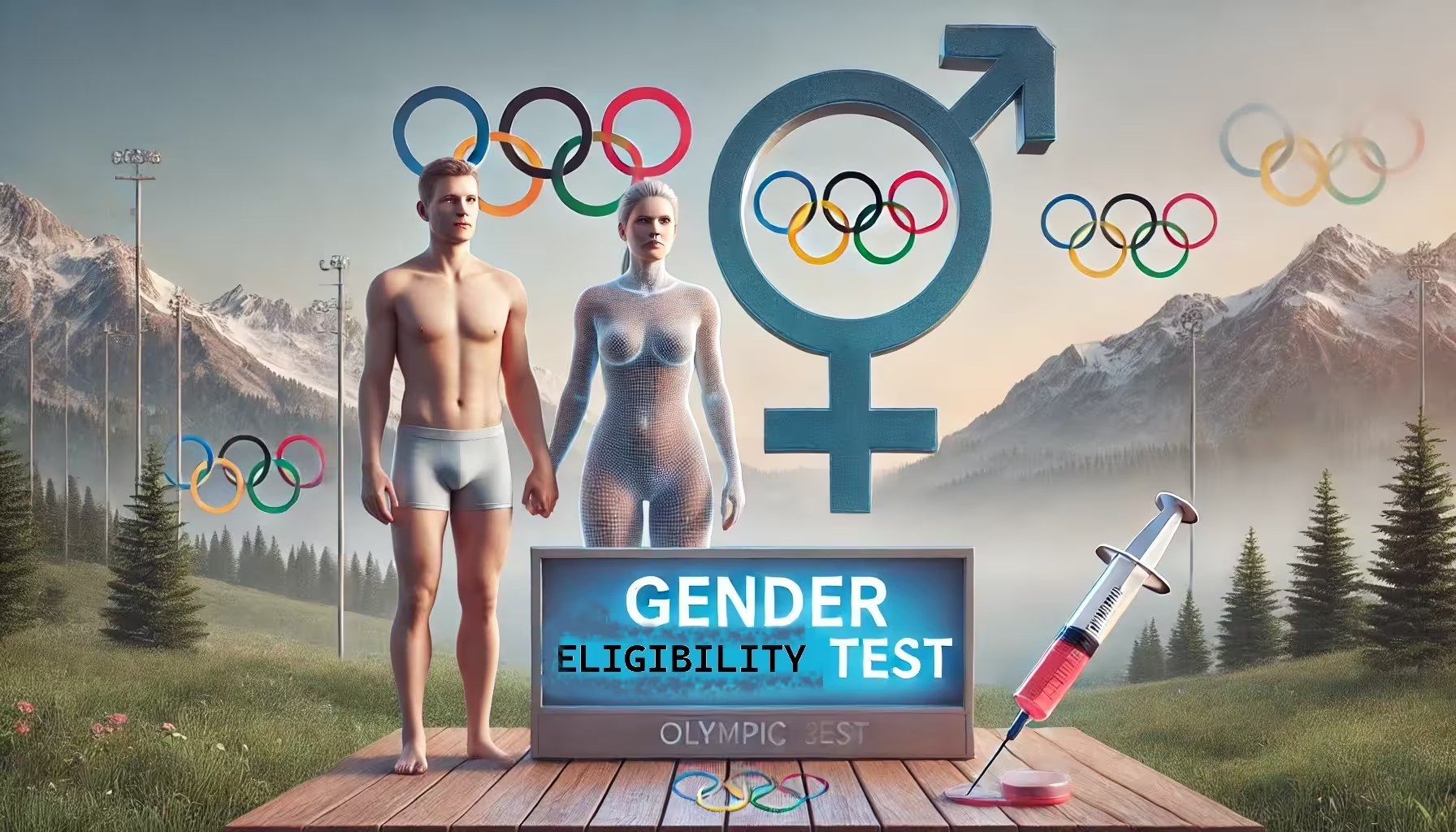Table Of Content
The Gender eligibility test has a long history in the Olympics, aimed at ensuring fair competition. Initially, these tests were invasive, involving physical examinations. Over time, the procedures evolved, incorporating chromosome and testosterone level tests. Despite advancements, these tests have sparked debates over fairness and discrimination. For instance, athletes like Imane Khelif faced disqualification due to these stringent criteria, highlighting ongoing controversies in sports gender verification.
How the Gender Eligibility Test Works
Today, the gender eligibility test primarily focuses on testosterone levels, a key factor in determining eligibility. Athletes must meet specific criteria to compete in female categories. This involves blood tests to measure testosterone levels, ensuring they fall within the allowed range. The International Olympic Committee (IOC) has set guidelines to standardize these tests, aiming to balance fairness and inclusivity. Despite these measures, the tests remain contentious, with some athletes facing public scrutiny and career impacts.
Recent Incident: Imane Khelif and Lin Yu-ting
Recent events have brought the issue of gender eligibility into the spotlight. Imane Khelif, an Algerian boxer, and Lin Yu-ting, a Taiwanese boxer, were disqualified from the 2023 World Championships after failing gender tests. This incident underscored the complexities and challenges athletes face regarding gender verification. Both athletes were later allowed to compete in the Paris Olympics, where different governing rules applied. Their cases illustrate the ongoing debates and the need for refined, fairer testing procedures.
AI in Gender Detection
AI technology can offer a more accurate and less invasive approach to gender verification. Using facial recognition and other biometric data, AI systems can analyze and determine gender with high precision. Implementing AI in sports can streamline the testing process, reduce human error, and potentially minimize the stigma associated with traditional methods. As AI continues to advance, it holds promise for improving fairness and transparency in gender eligibility testing, benefiting athletes and sports organizations alike.

The most popular and reliable AI tool for gender recognition is Face++, developed by Megvii Technology. Face++ offers advanced facial recognition technology that includes gender detection, along with other features such as age estimation, emotion recognition, and facial landmark detection. It is widely used due to its high accuracy, robust performance, and comprehensive API support, making it a reliable choice for various applications in security, marketing, and user experience enhancement.

